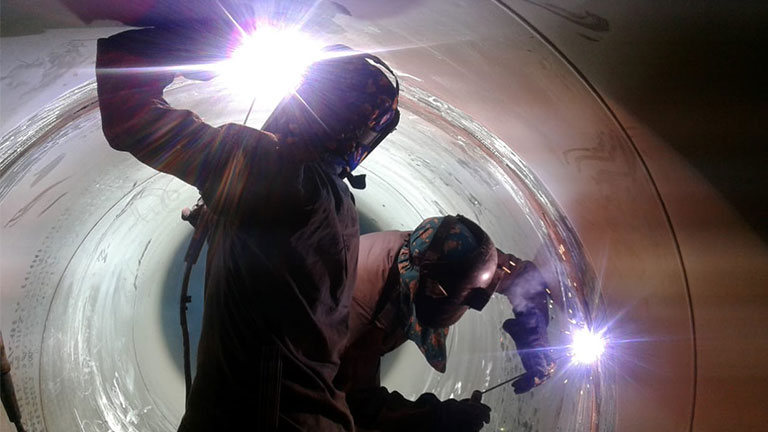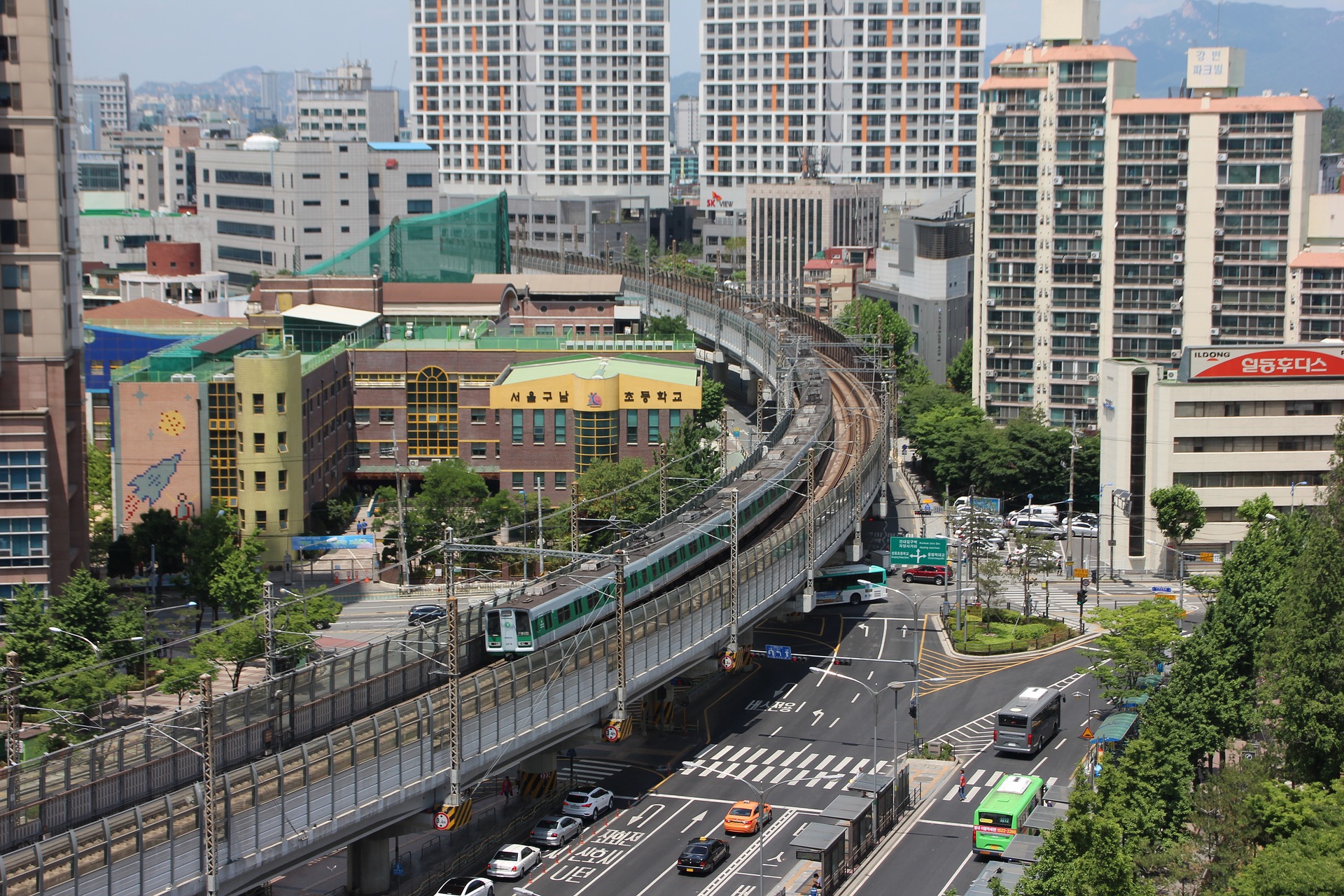Articles
Filter by
196 results found
Articles, Other
Well-planned and prioritised infrastructure investment improves productivity, engenders competitiveness and contributes to long-term sustainable economic growth. Nevertheless, the extent of realising these benefits from infrastructure investment varies considerably across sectors, by regions and by level of regulatory and institutional maturity.
Read time: 4 minutes
Published
04 Apr 2019
View article


Articles
Although Indonesia’s PPP regulations date back to 2005, initially the number of actual project transactions between the government and private sector was very limited. The private sector’s interest in Indonesian projects was constrained by three main factors; the low quality of project preparation, low financial feasibility of projects (particularly those related to the determination of tariffs) and uncertainty related to the political risk of projects.
Read time: 4 minutes
Published
23 May 2019
View article


Articles
Increasingly, infrastructure leaders, investors and developers are recognising the need to not only increase the quantity of infrastructure investment globally to drive economic growth, but also the quality of infrastructure investment, to ensure that that growth and development is inclusive and sustainable.
Read time: 5 minutes
Published
08 Aug 2019
View article


Articles
How can cities absorb the influx of people without developing new and more efficient ways of building, transporting, and consuming resources? Without significant disruption across urban infrastructure, the cities of the future will struggle to keep up, much less make progress toward things like mitigating climate change or providing quality education to every student.
Read time: 2 minutes
Published
11 Dec 2019
View article


Articles
In keeping with our mission to support the G20 to drive an ambitious infrastructure agenda, InfraCompass 2020 harnesses data from leading organisations around the world - including the World Bank, World Economic Forum, and the OECD - to assist countries to identify reforms that lead to better infrastructure investment.
Read time: 3 minutes
Published
30 Jun 2020
View article


Articles
Infrastructure can play a pivotal role in stimulating economies such as Australia’s, that are heading towards a downturn as a result of the pandemic.
Read time: 3 minutes
Published
30 Jul 2020
View article


Articles
Most infrastructure investment plans and government policies rely on the delivery of projects and programs. To achieve these and unlock the real benefits of infrastructure, it is vital that projects and programs are delivered well.
Read time: 5 minutes
Published
23 Apr 2019
View article


Articles
India’s project preparation framework is steered by its line ministries and sub-national governments, who are adopting a streamlined and systematic approach to project development. The capacity of public institutions to plan, prepare and deliver infrastructure projects is central to effective infrastructure development.
Read time: 6 minutes
Published
13 Jun 2019
View article


Articles
The Global Infrastructure Hub (GI Hub) has collaborated on this blog with Seungbeum Rho, a Specialist at the Korea Development Institute (KDI). This blog outlines some of the lessons learned in Korea on the topic of project preparation, which can be found in more detail in the GI Hub’s Reference Tool on Governmental Processes Facilitating Infrastructure Project Preparation.
Read time: 5 minutes
Published
22 Aug 2019
View article


Published
05 Feb 2020
View article


Articles
Is ESG investment just a passing fad? What is the future of China’s Belt and Road Initiative? And does the Covid-19 pandemic mean we must reassess climate change targets? Our CEO Marie Lam-Frendo answers questions on the future of infrastructure.
Read time: 5 minutes
Published
02 Jul 2020
View article


Articles
Infrastructure can play a significant role in economic recovery of the post-COVID world. It's critically important for coronavirus stimulus measures to focus on projects that not only grow the economy, but also anticipate the impact of future risks, particularly climate change.
Read time: 5 minutes
Published
04 Aug 2020
View article


Articles
Communication throughout infrastructure project preparation should be recognised as a strategic activity. It should factor in the importance of all key stakeholder groups towards the project, tailor communicative actions to engage and inform them and foster a supportive environment.
Read time: 4 minutes
Published
09 May 2019
View article


Articles
Ambitions Beyond Growth- Economic and Social Survey of Asia-Pacific Region” by UN ESCAP 2019 reveals that achieving the Sustainable Development Goals by 2030 would require an annual additional investment of $1.5 trillion for Asia-Pacific developing countries – equivalent to five per cent of their combined GDP in 2018, or about four per cent in terms of the annual average GDP for the period 2016-2030.
Read time: 6 minutes
Published
20 Jun 2019
View article


Articles
Insights into the The Schuphol-Amsterdam-Almere (SAA) program, which has been the largest PPP program in the Netherlands in the last decade.
Read time: 7 minutes
Published
30 Oct 2019
View article


Articles
Disruptions as a result of Covid-19 have heightened the awareness of and desire to increase adoption of technology on many fronts, including infrastructure. We explore five ways that technology can revolutionise the infrastructure landscape for emerging economies.
Read time: 14 minutes
Published
25 Jun 2020
View article


Articles
The world is changing, and collectively we are underprepared for many of the challenges ahead. The Global Infrastructure Hub’s vision for the ideal future is a world where sustainable, resilient and inclusive infrastructure works for all people.
Read time: 3 minutes
Published
23 Jul 2020
View article


Articles
Mentors have played a vital role in supporting the top 20 teams hone their applications for the Global Infrastructure Hub’s (GI Hub) InfraChallenge competition, despite the challenges of a global pandemic.
Read time: 4 minutes
Published
06 Aug 2020
View article






















